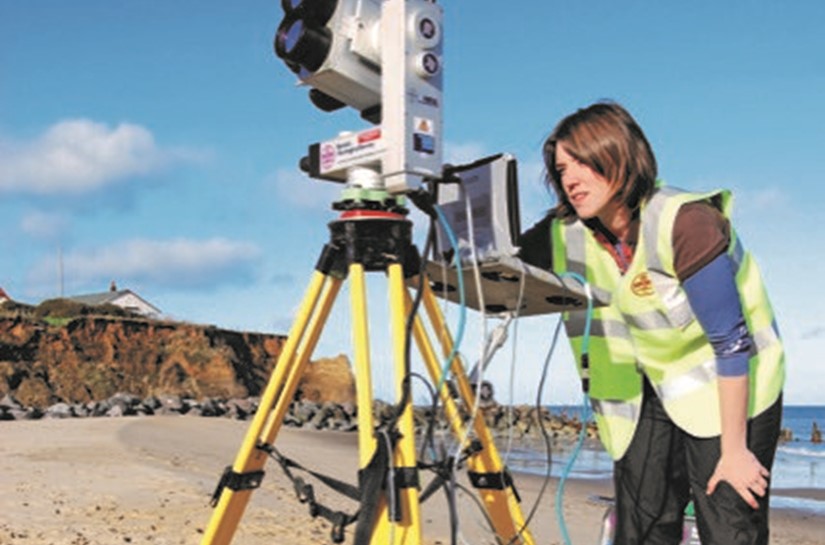At the Protos site in Cheshire, British Geological Survey (BGS) scientists are preparing to install a world- class sensor network to support the development of low carbon geoenergy technologies, writes Dr Mike Spence, UK Geoenergy Observatories Science Director at the BGS.
Around 50 boreholes will be installed in and around the 54 hectare Protos site to investigate how deep geological structure affects the potential for carbon dioxide and energy storage. The results will help scientists to understand the role UK geology can play in achieving the government’s 2050 Net Zero target.
Next year will see the BGS begin drilling the first of 50 boreholes across the Ince Marshes area, including nine at Protos, as part of the investment in the UK Geoenergy Observatories network. This complex project will include £2.5m of advanced seismic sensors, 5 km of fibre-optic cabling, and will recover thousands of meters of deep rock core. With sensors installed from a depth of 50 metres to more than a kilometre, the network will be used to investigate the physical, chemical and biological response of the subsurface to human activities such as ground heat extraction and gas storage
Delivered by the BGS on behalf of the Natural Environment Research Council, the UK Geoenergy Observatory represents a £31m investment from the 2014 UK Government Plan for Growth of Science and Innovation.
The purpose of the investment is two-fold. Firstly, knowledge is power: the more detail we have about the country’s geology, the better we can understand its role in our future, particularly when it comes to the potential discovery of newer, greener, energy technologies. This is particularly important in the Cheshire M56 corridor where energy creation and consumption form such a large part of the economy. As the world grasps the need to deliver a greener future, the county is responding to this demand by creating industrial clusters dedicated to producing low carbon energy, such as at Protos. Rocks have the power to be used for storing carbon, or as batteries to hold the energy created from wind, tidal, and geothermal sources which otherwise could be wasted.
Secondly, with the increasing development of low carbon geo-energy technologies, the UK Geoenergy Observatories can show us how the Earth is responding to our activity, giving an early alert to any possible risks and advising on the creation of necessary protective legislation.
The data delivered up from Cheshire will be made openly available to all through a digital platform that enables the research community to maximise the value of the data and encourage scientists to conduct research at the site. The project is expected to run for over 15 years, resulting in a rich and multi-faceted scientific understanding of the subsurface environment, which may well reveal that the answer to our carbon emission challenges already lies beneath our feet.
